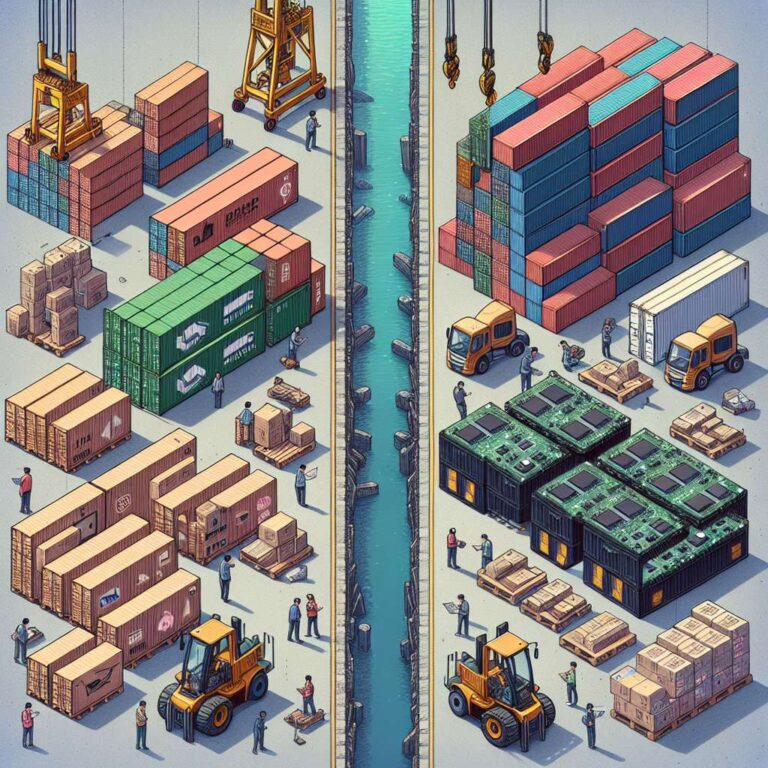China has officially banned Nvidia’s Artificial Intelligence chips, escalating a long-simmering tech confrontation and sending ripples through global supply chains, research labs, and markets. Nvidia, once a gaming-focused firm that became the default supplier for Artificial Intelligence computing, has relied on Chinese demand from companies such as Alibaba, Baidu, and Tencent. The article notes that China accounted for up to a quarter of Nvidia’s data center revenue in recent years. After United States export curbs in 2022, Nvidia’s A800 and H800 workarounds preserved limited sales, but the latest rules now close that door.
Beijing’s move reflects strategic priorities: technological sovereignty, economic retaliation, industrial policy, geopolitical positioning, and national security. Even before the ban, China boosted investment in domestic chipmakers like SMIC, Cambricon Technologies, and Horizon Robotics, expanded research budgets, and pursued partnerships beyond the United States orbit under its “Made in China 2025” agenda. The policy intent is to reduce reliance on foreign Artificial Intelligence infrastructure while building a resilient, homegrown semiconductor base.
The immediate fallout is broad. Nvidia’s stock slipped on the news, while Chinese tech giants face delays and higher costs to train next-generation models that previously depended on A100 and H100 GPUs. Cloud providers brace for pricier and tighter GPU supply. Smaller firms are eyeing AMD and Intel, though their offerings still trail Nvidia’s best-in-class performance. European labs, already struggling to secure GPUs, fear being priced out, and competition for access in the United States could tighten as domestic priorities rise. One policy decision has upended balance sheets, product timelines, and the Artificial Intelligence hardware pipeline.
Beyond the near term, the ban accelerates global tech fragmentation. The article outlines diverging ecosystems, splintered standards, research slowdowns across borders, and talent realignment as engineers and academics navigate geopolitical barriers. Interoperability costs climb as software and tools bifurcate, shifting innovation from shared, global collaboration toward nationally aligned agendas. The paradox is stark: a technology that promised to connect the world may deepen its divides.
Industry impacts are uneven but significant. Automotive autonomy, medical imaging and precision medicine, financial modeling, and smart manufacturing all lean on high-end GPUs; without them, innovation slows and deployment timelines stretch. Looking ahead, the piece sketches three scenarios: a rapid Chinese catch-up, a gradual multi-year adaptation, or a hard split that cements dual-track Artificial Intelligence markets. Startups and alternative chipmakers could benefit from demand for non-Nvidia solutions, but incumbents tied to Nvidia’s stack face rising costs and slower progress. Artificial Intelligence will keep advancing, just not on a single global track.

